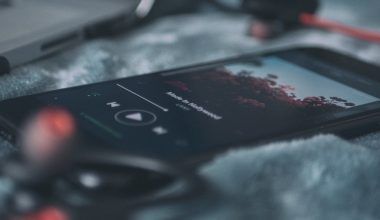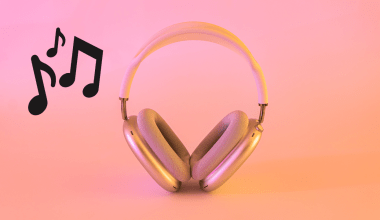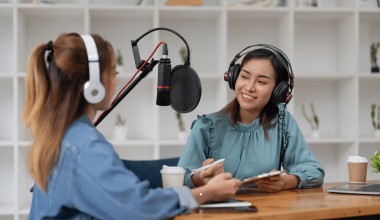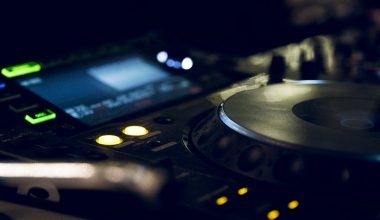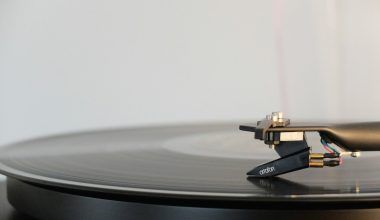What Are Lossless Audio Formats?
Have you ever wondered why some music sounds so much better than others? The difference often comes down to the format of the audio file. Lossless audio formats are special file types that keep all the details of a song’s original recording. (loss less audio formats) This means the sound is exactly how the artist and producer wanted it to be heard—no compromises, no missing details.
Think of a lossless format as a perfectly preserved memory. While regular formats like MP3 “forget” parts of the song to save space, lossless formats keep every little detail intact. It’s like comparing a blurry photo to a high-definition image.(loss less audio formats) Popular lossless audio formats include FLAC, WAV, and ALAC.
Why Lossless Audio Formats Are Important (loss less audio formats)
Music isn’t just about the words or the tune; it’s about feeling every beat, every instrument, and every tiny sound. Lossless formats make this possible because they don’t throw away any audio information.
Let’s put it this way:
- Lossy formats (like MP3) are like watered-down juice. It still tastes good but isn’t as rich as the real thing.
- Lossless formats are like freshly squeezed juice—rich, full of flavor, and satisfying.
If you care about hearing music in its best quality, lossless audio formats are what you need. They’re perfect for audiophiles, music producers, or anyone who wants the best listening experience. (loss less audio formats)
How Lossless Audio Formats Work
Lossless audio formats use smart technology to shrink the size of the audio file without throwing away any details. Imagine packing a suitcase—lossless formats are like rolling your clothes to save space instead of leaving half your wardrobe behind. When you unpack, everything is there, just the way you packed it.
For example:
- A WAV file is big because it’s not compressed.
- Converting it to FLAC reduces its size while keeping every single sound.
This is why lossless formats are so popular among musicians and music lovers.
Popular Lossless Audio Formats
There are several types of lossless audio formats. Each has its own features, and choosing the right one depends on your needs. Let’s look at some of the most popular ones.
1. FLAC (Free Lossless Audio Codec)
FLAC is like the superstar of lossless audio formats. It’s free, open-source, and widely supported on most devices.
- Why people love it: FLAC files are smaller than WAV but still sound amazing.
- Where it’s best used: For archiving your music collection or playing high-quality audio on supported devices.
2. WAV (Waveform Audio File Format)
WAV files are the most basic type of lossless audio. They’re completely uncompressed, meaning they take up a lot of space but don’t lose any quality.
- Why people use it: WAV files are perfect for professional music production.
- Downside: Large file sizes make it less practical for regular use.
3. ALAC (Apple Lossless Audio Codec)
ALAC is Apple’s version of FLAC. It works beautifully with iPhones, iPads, and Macs.
- Why it’s great: Smaller than WAV and works perfectly in the Apple ecosystem.
- Where it shines: If you use Apple devices, ALAC is the way to go.
4. DSD (Direct Stream Digital)
DSD is for hardcore audiophiles. It’s used for super high-resolution audio files.
- Why it’s special: Offers an incredible listening experience, but you’ll need special equipment to play it.
- Where it’s used: High-end hi-fi systems and studios.
5. AIFF (Audio Interchange File Format)
AIFF is Apple’s uncompressed format, similar to WAV but optimized for Apple users.
- Why people like it: Excellent for music editing and studio work.
- Drawback: Large file sizes.
Lossless Audio vs. Lossy Audio
Here’s a simple comparison to understand the difference:
| Feature | Lossless Audio Formats | Lossy Audio Formats |
|---|---|---|
| Audio Quality | Perfect, nothing is lost | Some details are removed |
| File Size | Larger | Smaller |
| Best Use | Professional or high-quality music | Everyday listening |
| Examples | FLAC, WAV, ALAC | MP3, AAC |
When you’re casually streaming music on your phone, lossy formats like MP3 might be fine. But if you’re creating or enjoying music at its highest level, lossless audio formats make all the difference. (loss less audio formats)
Who Should Use Lossless Audio Formats?
For Music Lovers:
If you love hearing every tiny sound, from the faintest drumbeat to the singer’s breath, lossless formats are perfect for you. They let you feel like you’re sitting right in the recording studio.
For Musicians: (loss less audio formats)
As a musician, you want your fans to hear your music exactly as you created it. Lossless formats ensure your art is preserved perfectly.
For Collectors:
If you’re building a library of music, lossless formats are the best way to keep your collection future-proof.
How to Play Lossless Audio Files
The good news is that playing lossless audio is easier than ever. Here’s how you can enjoy these high-quality files:
Devices That Support Lossless Audio
- Smartphones: Modern devices like iPhones and some Android phones support FLAC and ALAC.
- Computers: Programs like VLC, iTunes, and Foobar2000 can handle lossless files.
- Hi-Fi Systems: If you have a good sound system, you can play lossless audio and truly enjoy its quality.
Software for Lossless Audio
- VLC Media Player: Free and supports almost every audio format.
- JRiver Media Center: A paid option for serious audiophiles.
- Audirvana: Great for Mac users.
Streaming Services Offering Lossless Audio
These days, you don’t need to buy CDs to enjoy lossless quality. Many streaming platforms offer lossless music:
- Tidal HiFi: Known for its FLAC-based streaming.
- Apple Music Lossless: Uses ALAC to stream up to 24-bit/192kHz quality.
- Amazon Music HD: Offers both HD and Ultra HD tracks.
- Qobuz: Specializes in high-resolution FLAC streaming.
Converting Music to Lossless Formats
You might already have a music collection in MP3 format. Good news: you can convert those files to lossless formats. But remember, converting from lossy to lossless won’t improve the quality. It’s like turning a photocopy into an original—it doesn’t work that way.
How to Convert Files
- Use tools like dBpoweramp or XLD (Mac).
- Choose your target format, such as FLAC or ALAC.
- Make sure your source file is already high-quality.
Why Lossless Audio Formats Are the Future
Lossless audio is becoming more common thanks to better internet speeds, bigger storage options, and the demand for high-quality music. As more streaming platforms adopt lossless audio, it’s clear that the future of music is about quality, not just convenience.
Final Thoughts: Why You Should Choose Lossless Audio
Lossless audio formats like FLAC, WAV, and ALAC let you hear music in its truest form. Whether you’re an audiophile chasing the perfect sound or an artist wanting to share your work in the best way possible, lossless formats are a must.
Remember, music is more than just sound—it’s an experience. With lossless audio formats, you can enjoy music as it was meant to be heard. So, why settle for less when you can have it all?
Related Articles:
For further reading, explore these related articles:
- How AI Song Lyrics Are Changing the Way We Make Music
- How to Upload a Song on Instagram: A Simple Step-by-Step Guide for Artists
- The Ultimate Guide to Starting and Growing A Band
For additional resources on music marketing and distribution, visit Deliver My Tune.

